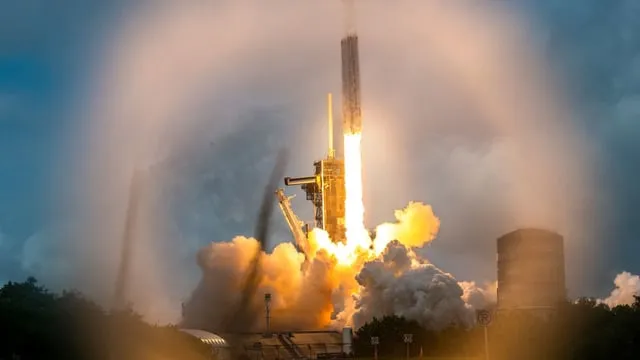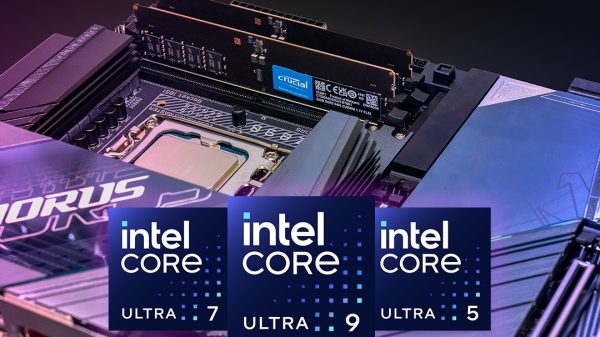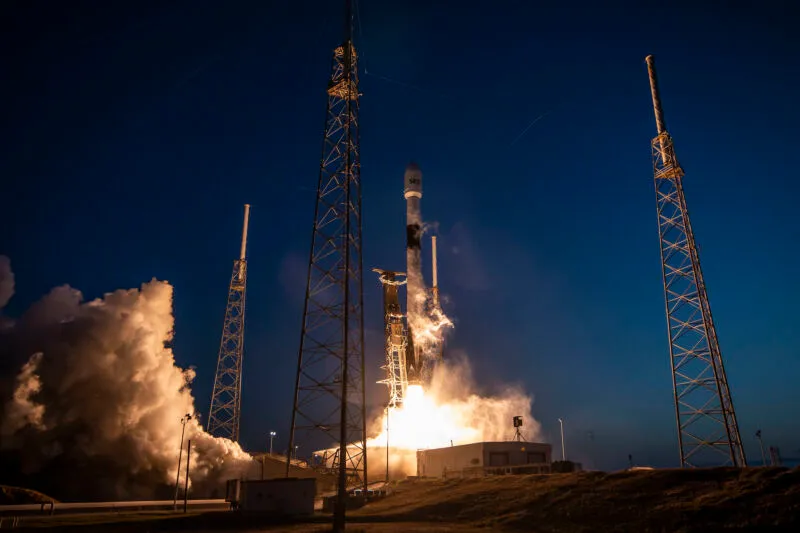On June 27, 2024, SpaceX made history by successfully launching and landing one of its Falcon 9 boosters for the 22nd time. The rocket, designated as B1062, lifted off from Space Launch Complex 40 (SLC-40) at Cape Canaveral Space Force Station in Florida at 7:14 a.m. ET. The mission marked a major milestone for the company, which has been working tirelessly to develop and refine its reusability technology.
The Falcon 9 booster, which first flew in November 2020, has now completed 22 missions, including 15 Starlink satellite deployments, as well as launches for GPS III Space Vehicles, Inspiration4, Ax-1, Nilesat 301, OneWeb Launch 17, ARABSAT BADR-8, and others. This remarkable feat is a testament to the company’s dedication to innovation and its commitment to reducing the cost of access to space.
Eight minutes after launch, the Falcon 9 booster touched down safely on a drone ship waiting in the Atlantic Ocean, off the coast of Florida. This precise landing is a result of the company’s sophisticated guidance and navigation systems, which allow the rocket to accurately predict its descent and make a controlled touchdown.
The remarkable record set by B1062 is not limited to its sheer number of launches and landings. The booster has also demonstrated an impressive level of reliability and performance, consistently delivering payloads to orbit and returning to Earth safely. This level of consistency is crucial for satellite operators and other space agencies, which rely on reliable access to space to conduct critical missions.

SpaceX Sets New Record with 22nd Successful Launch and Landing
SpaceX’s reusability technology has several benefits, including reduced costs and increased efficiency. By refurbishing its rockets for multiple flights, the company can cut costs, making space more accessible to a wider range of organizations and businesses. This, in turn, has opened up opportunities for companies to deploy small satellites or conduct research in low-Earth orbit.
In addition to its Falcon 9 program, SpaceX is also working on its next-generation Starship rocket, designed for reuse. The Starship is the most powerful rocket ever built, with 10 times more thrust at launch than the Falcon 9. While the Falcon 9 uses legs to land upright, the Starship’s Super Heavy booster has no legs and will rely on mechanical arms on the launch tower to secure it as it comes home.
The company’s ambition extends beyond Earth’s orbit, with plans to use the Starship to carry crew and cargo to distant destinations, including the moon and even Mars. Achieving this feat will require significant advancements in technology and engineering, including the successful “catch” of the Starship’s first stage by the launch tower after its fifth flight test.
SpaceX’s latest record-breaking launch and landing marks a significant milestone in the company’s history, demonstrating its commitment to innovation and its vision for a future where space is accessible to all. As the company continues to push the boundaries of what is possible, it will be exciting to see what the future holds for this pioneer in the space industry.








































